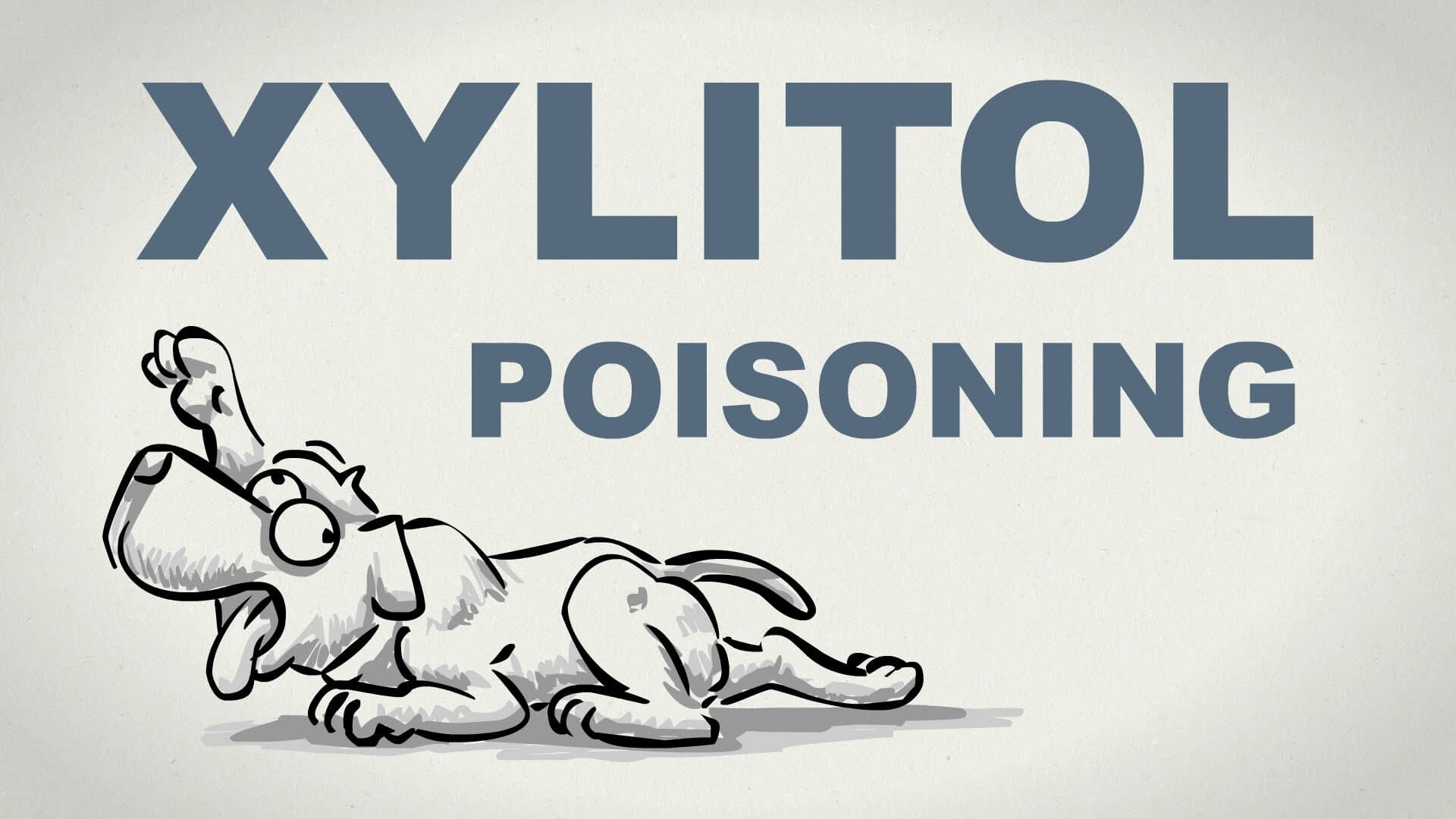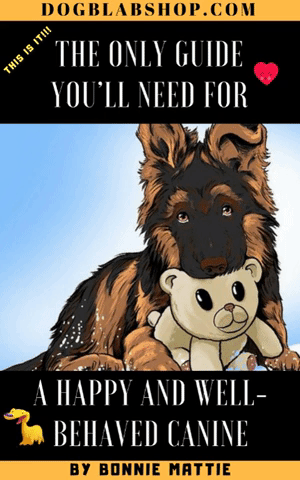DANGEROUS FOODS – Foods with Xylitol: What Every Labrador Dog Owner Should Know

Xylitol: A Dangerous Sweetener for Dogs
Xylitol is a sugar substitute commonly used in sugar-free gum, candy, baked goods, and other products. Although xylitol is safe for human consumption, it can be extremely toxic to dogs and can cause serious health problems.
Why is Xylitol Dangerous for Dogs?
Xylitol can cause a rapid insulin release in dogs, leading to hypoglycemia (low blood sugar). Symptoms of hypoglycemia can include vomiting, loss of coordination, seizures, and even coma or death in severe cases. Additionally, xylitol can cause liver failure in dogs. Even small amounts of xylitol can be toxic, so it is important to keep products containing this sweetener out of reach of pets.
What to Do if Your Dog ingests Xylitol
If you suspect that your dog has ingested xylitol, it is important to seek veterinary care immediately. Time is of the essence in these cases, as the symptoms of xylitol toxicity can develop rapidly and can be life-threatening. Your veterinarian will be able to determine the best course of treatment based on the amount of xylitol ingested and the severity of your dog’s symptoms.
Preventing Xylitol Toxicity in Dogs
The best way to prevent xylitol toxicity in dogs is to keep products containing this sweetener out of reach. This means being mindful of where you store gum, candy, and other products containing xylitol, as well as making sure that visitors to your home are aware of the danger as well. Additionally, it is important to be vigilant when on walks with your dog, as xylitol can be found in some types of peanut butter and other snacks.
Conclusion
Xylitol is a sugar substitute that is toxic to dogs. Even small amounts can cause rapid insulin release, leading to hypoglycemia, seizures, liver failure, and death. If you suspect that your dog has ingested xylitol, seek veterinary care immediately. By being mindful of where products containing xylitol are stored and being vigilant when on walks with your dog, you can help prevent xylitol toxicity in your furry friend
The Dangers of Xylitol
Xylitol has toxicity that is 100 times more serious compared to what chocolates can be to dogs. When non-human species, like dogs, consume anything that contains xylitol, it will be absorbed into their bloodstream. In turn, insulin is going to be released from the pancreas. This is so rapid and can result in the lowering of blood sugar. This is the point where dogs will experience hypoglycemia. Aside from this, other common xylitol side effects include vomiting, seizure, lack of coordination, collapse, and weakness, among others.
Top 10 Foods Containing Xylitol
To make sure of the health of your Labrador, avoid the following foods as they can increase the risk of xylitol toxicity in your dogs.
• Candies
• Gums
• Chocolate
• Peanut
• Honey
• Cookies
• Ice cream
• Jams
• Protein bars
• Yogurt
Keep in mind, however, that the list presented above is non-conclusive. There are some products that may fall within any of these categories, but they may not necessarily contain xylitol. Always refer to the list of ingredients so that you can be sure that this sugar substitute is not present in any food that will be given to your Labrador.
What Dog Owners Should Do
Prevention is always better than cure. Therefore, to prevent xylitol toxicity in dogs, make sure to not store any product at home that contains this compound. Through this, accidental consumption of xylitol will be avoided. Always be doubtful about foods that are labeled as “sugar-free.” Once xylitol toxicity symptoms are already showing, make sure to get in touch with a veterinarian as soon as possible. Do not attempt to have the problem resolved on your own. Never induce vomiting. Do not also give any oral medication, unless you are given permission by a veterinarian to do so. It is also important to note that toxicity can progress quickly. Therefore, most veterinarians will immediately take action upon seeing your dog. There is no time to wait for diagnostics as treatment needs to be given as soon as possible.
Other Dangerous Foods You Didn’t Know About That Could Kill Your Dog
The veterinarian always recommends using dog food when feeding our dogs rather than opting for human food. The main reason for this is that they have a different digestive system compared to humans. The substance that their body can tolerate is also distinctive. Most of us probably think that as long as we are giving our pet healthy and nutritious food, then he will probably be just fine. Turns out, this has been a common misconception among pet owners. Here are some of the foods that you should avoid giving to your beloved canine friend.
Foods That Can Kill Your Dog
Chocolate
With its sweet and luscious taste and energy packed in a single block of chocolate, who would’ve thought that this thing poses a big risk to the health of our furry friends? The theobromine and the caffeine found inside a single bar of chocolate can be categorized as methylxanthines which are toxic to dogs. The darker the chocolate, the higher the number of methylxanthines would be. White chocolate contains a lesser amount of methylxanthines, but it is still considered toxic to our pets. Accidentally ingesting the chocolate can lead to seizures, increased body temperature, irregular beating of the heart, muscle tremors, agitation, stomach pain, dehydration, vomiting, and death.
Milk
It is a known fact that milk is the primary source of nutrition for dogs when they were just a puppy. However, similar to most humans, there are dogs that can develop lactose intolerance. The milk sugar that can be found in processed milk cannot be processed and broken down by the digestive enzymes of our dogs. Milk can result in gastrointestinal conditions, vomiting, and diarrhea. Fortunately, unlike chocolate, milk is a little less life-threatening nourishment.
Onion
Onion can add a distinct flavor to your dishes. It has been a favorite part of Asian cuisine. But it does something more than make you cry. The substance that is packed inside the onions can damage the red blood cell of our dogs. This may lead to severe weakening. Ingesting a huge amount of onions may result in a need for a blood transfusion.
Macadamia Nuts
Though the compounds found inside the macadamia nut is still virtually unknown, study shows that macadamia nuts are toxic to our dogs. Most of the dogs that accidentally ingested the macadamia nuts will create a problem with movement especially in using their hind legs. Hypothermia, muscle tremors, depression, and vomiting are some of the signs of macadamia poisoning.
Other human foods that can cause a severe negative reaction to our dogs include dairy products, garlic, grapes, avocados, apple core, yeast dough, caffeine, and bacon. Some of them can lead to the problem in nutrient absorption and digestive problems.
Subscribe To Our Mailing List Today- WHEN YOU SEE THIS LABRADOR’S JAW-DROPPING ABILITY TO FIND THINGS YOU WILL BE SHOCKED
- (BREAKING) LABRADOR MIX THAT LOOKS LIKE A LION SPARKS FRENETIC 911 CALLS
- WHEN THIS LABRADOR ACCIDENTALLY STARTED TAP DANCING NOBODY COULD BELIEVE HOW GOOD IT SOUNDS
- (AWESOME) CUTE AND FUNNY LABRADORS
- YOU WILL FALL IN LOVE AGAIN – WHEN YOU SEE YELLOW LABRADOR PUPPIES







